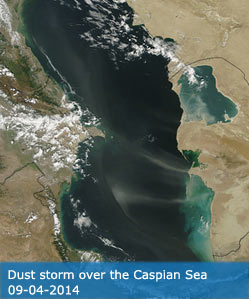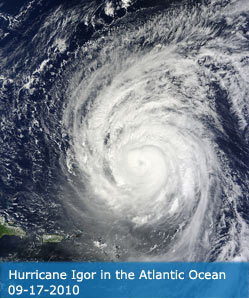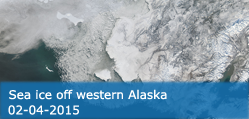Science Team
Publications
Xiong, XX; Aldoretta, E; Angal, A; Chang, TJ; Geng, X; Link, D; Salomonson, V; Twedt, K; Wu, AS (2020). Terra MODIS: 20 years of on-orbit calibration and performance. JOURNAL OF APPLIED REMOTE SENSING, 14(3), 37501.
Abstract
Since its launch in December 1999, Terra Moderate Resolution Imaging Spectroradiometer (MODIS) has successfully operated for more than 20 years, with its observations generating a broad range of science data products that have greatly enabled the remote sensing community and users worldwide in their studies of many key geophysical parameters of the Earth's systems. MODIS collects data in 36 spectral bands, covering wavelengths from 0.41 to 14.4 pm, which are calibrated by a set of onboard calibrators (OBCs). Also contributing to the sensor's mission-long on-orbit calibration and characterization are near-monthly scheduled lunar observations and multiple time series of the sensor's responses over select ground targets at a variety of scan angles. To a large extent, the quality of MODIS data products relies strongly on the dedicated efforts to operate and calibrate the instrument, to derive and update calibration parameters, and to develop and implement new calibration strategies and algorithms in response to on-orbit changes of the sensor's characteristics and its OBC functions. We provide an over- view of the Terra MODIS on-orbit operation and calibration activities over the last 20 years, including changes made to extend and preserve the instrument and OBC functions and their operation strategies. It also illustrates the sensor's on-orbit performance with results derived from its OBC, lunar observations, and select ground targets and discusses major changes in sensor characteristics and corrections applied to the L1B algorithms as well as calibration lookup table updates. To date, the Terra MODIS instrument and its OBCs continue to operate and function normally. Except for those identified prelaunch, most spectral bands and detectors continue to meet their specified calibration requirements. Also discussed in our paper are lessons learned from Terra MODIS operation and calibration, as well as future efforts to further extend and maintain the quality of its long-term data records. (C) 2020 Society of Photo-Optical Instrumentation Engineers (SPIE)
DOI:
10.1117/1.JRS.14.037501
ISSN:
1931-3195




